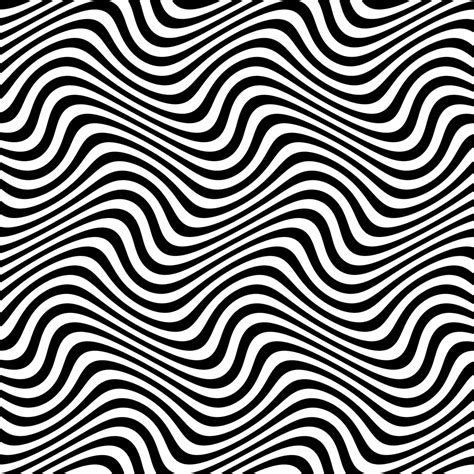Introduction

Embark on a captivating journey into the realm of “wet in wavy,” where water’s allure intertwines with undulating surfaces to create a symphony of sensory experiences. This article delves into the fascinating world of water-wave interactions, uncovering the science behind the mesmerizing phenomena we witness on beaches, oceans, and even bodies of water close to home.
How Water Waves Form
When a force disturbs the surface of water, it sets in motion a series of concentric waves that propagate outward. These waves are characterized by their amplitude, the vertical displacement of the water surface from its resting position, and wavelength, the horizontal distance between successive wave crests. The wave velocity depends on the water’s depth, density, and surface tension.
Types of Water Waves
Water waves exhibit a wide range of forms and behaviors, including:
- Capillary Waves (wavelengths < 1.7 cm): Ripples caused by surface tension
- Gravity Waves (wavelengths > 1.7 cm): Waves generated by gravity and capable of transporting energy over long distances
- Surface Waves (wavelengths < 1 km): Waves that propagate along the water's surface
- Internal Waves (wavelengths > 1 km): Waves that occur within the water column
Benefits of Water Waves
Beyond their aesthetic appeal, water waves have numerous benefits:
- Water Transportation: Ships utilize water waves to navigate oceans and rivers.
- Energy Production: Wave energy converters harness the power of waves to generate electricity.
- Recreational Activities: Surfing, swimming, and boating provide enjoyment and physical exercise.
- Coastal Protection: Waves help dissipate energy from storms and protect coastlines from erosion.
The Science Behind Wet in Wavy
The interaction between water and wavy surfaces is a complex phenomenon influenced by:
- Wave-Surface Topography: The shape and roughness of the surface affect wave behavior.
- Wettability: The ability of water to adhere to the surface determines how waves penetrate and propagate.
- Surface Tension: The cohesive forces within the water influence wave dynamics at the surface.
Applications of the Wet in Wavy Concept
The wet in wavy paradigm has sparked innovation in various fields:
- Biomimetics: Engineers mimic water-wave interactions to design slippery surfaces for medical devices and energy-efficient materials.
- Fluid Dynamics: Researchers study wave behavior to optimize fluid flow in industrial processes.
- Ocean Engineering: Wave patterns are analyzed to improve offshore structures and predict coastal erosion.
Tips and Tricks for Riding the Waves
To enhance your enjoyment and safety in water-wave environments:
- Understand Wave Conditions: Check weather forecasts and observe wave patterns before entering the water.
- Wear Appropriate Gear: Use a life jacket and appropriate clothing to protect yourself from cold water and UV rays.
- Respect the Power of Waves: Avoid swimming or boating in dangerous wave conditions.
- Learn to Read Waves: Practice identifying wave patterns and predicting their behavior.
Tables
| Wave Type | Wavelength Range | Causes |
|---|---|---|
| Capillary Waves | < 1.7 cm | Surface tension |
| Gravity Waves | > 1.7 cm | Gravity |
| Surface Waves | < 1 km | Propagation along the surface |
| Internal Waves | > 1 km | Density variations within the water column |
| Application | Industry | Benefits |
|---|---|---|
| Biomimetics | Engineering | Slippery surfaces, energy efficiency |
| Fluid Dynamics | Industrial processes | Optimized fluid flow |
| Ocean Engineering | Offshore structures | Improved design, coastal erosion prediction |
Conclusion
The wet in wavy realm is a captivating world of undulating water surfaces and mesmerizing wave dynamics. Understanding the science behind these phenomena unlocks a range of benefits and inspires innovative applications. Whether you’re navigating the ocean’s waves, exploring the complexities of fluid flow, or simply admiring the beauty of nature’s watery canvas, the wet in wavy concept offers endless possibilities for exploration and inspiration.
